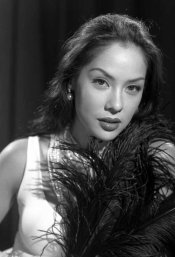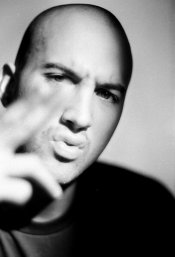Mark Wangerin
Member
Dianna,
Also, keep an eye out for a new book coming out from Amherst Media on Hollywood Lighting (of which I am the author) around Christmas. It will be quite detailed including some of the ideas Mortensen outlines, although his technique advocates a very flat approach that really doesn't translate to this desired look.
Good Luck!
Mark
PS I'v'e added a shot created with shop lights.
I shot this about 8 years ago with 3 cheap clip-on Home Depot work lights, some cardboard with pony clamps for barn doors and a Gundlach 5x7 camera on PlusX film. Hurrell's early attempts were light bulbs taped to sauce pans.
Also, keep an eye out for a new book coming out from Amherst Media on Hollywood Lighting (of which I am the author) around Christmas. It will be quite detailed including some of the ideas Mortensen outlines, although his technique advocates a very flat approach that really doesn't translate to this desired look.
Good Luck!
Mark
PS I'v'e added a shot created with shop lights.
I shot this about 8 years ago with 3 cheap clip-on Home Depot work lights, some cardboard with pony clamps for barn doors and a Gundlach 5x7 camera on PlusX film. Hurrell's early attempts were light bulbs taped to sauce pans.
Attachments
Last edited by a moderator:





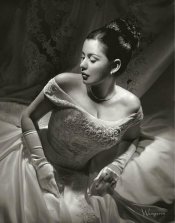
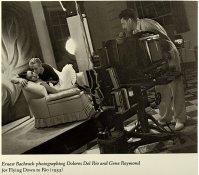
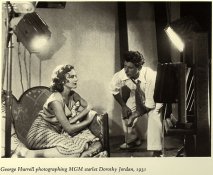
 ) and whether you feel it is a good developer for this particular look (you know, the 'Glycin look' and all)
) and whether you feel it is a good developer for this particular look (you know, the 'Glycin look' and all)